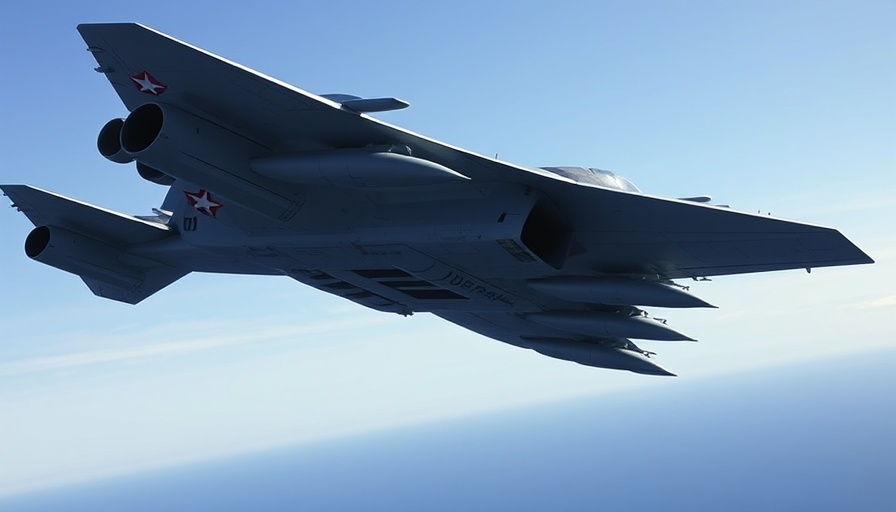
From Berlin With Love: How Ukrainian Forces Could Gain Advanced Taurus Missiles
The engagement of Ukraine in its ongoing conflict with Russia has showcased the strategic importance of advanced weaponry, and the upcoming potential transfer of Germany's Taurus missiles could significantly enhance Ukraine's military capability. The German Taurus is not just any missile; it is a sophisticated piece of technology, developed in collaboration between MBDA Deutschland GmbH and Saab Dynamics, weighing 1.5 tons and capable of striking targets over 300 miles away. With unique features such as a dual warhead—designed to penetrate and detonate within fortified structures—it represents a game-changing asset for the Ukrainian air force, currently operating older Soviet Sukhoi Su-24 bombers.
Why Ukraine Needs the Taurus Missile Now More Than Ever
As the conflict continues, the Ukrainian air force has been facing a critical shortage of precision strike capabilities. Current weapons like the Storm Shadow missile, provided by Western allies, are limited in number. The Taurus, with its remarkable range and payload, brings the promise of extended operational reach into heavily fortified Russian territories. With German officials suggesting the possibility of transferring approximately 100 Taurus missiles—as long as it doesn’t compromise Germany's own defense strategies—this could significantly increase Ukraine's arsenal.
Political Dynamics Shaping Missile Transfers
Germany’s reluctance to supply these missiles stems from a complex intersection of military and diplomatic considerations. Chancellor Olaf Scholz's previous hesitations reflect a cautious approach to avoid escalating tensions with Russia. However, the changing political landscape in Germany, with conservative party leader Friedrich Merz expressing support for the transfer, may result in a shift that could favor Ukraine in the near future.
Potential Impact on Military Operations
The integration of Taurus missiles into Ukraine’s existing aircraft fleet, especially on the modified Su-24 bombers, would enhance their deep-strike capabilities against high-value Russian targets, including command centers and supply hubs that are critical for sustaining operations. It may also create a psychological advantage, as the threat of extended reach into Russian territory could complicate Moscow’s military planning.
Technical Adjustments and Challenges Ahead
While Ukrainian forces are eager to adopt this advanced missile system, several technical modifications will be necessary to ensure compatibility with existing aircraft. The retrofitting process could pose challenges, particularly in terms of timing, but the outcome may greatly empower Ukrainian strategic operations.
Conclusion: A Strategic Turning Point
As discussions continue regarding the potential transfer of Taurus missiles, the geopolitical implications remain significant. The missiles could alter the balance of power in Eastern Europe, compelling analysts to rethink military strategies on both sides of the conflict. For Ukraine's government and military leaders, the addition of these advanced weapons may not only influence current engagements but also lay the groundwork for a more sustainable and resilient defense in the future.
 Add Row
Add Row  Add
Add 




Write A Comment